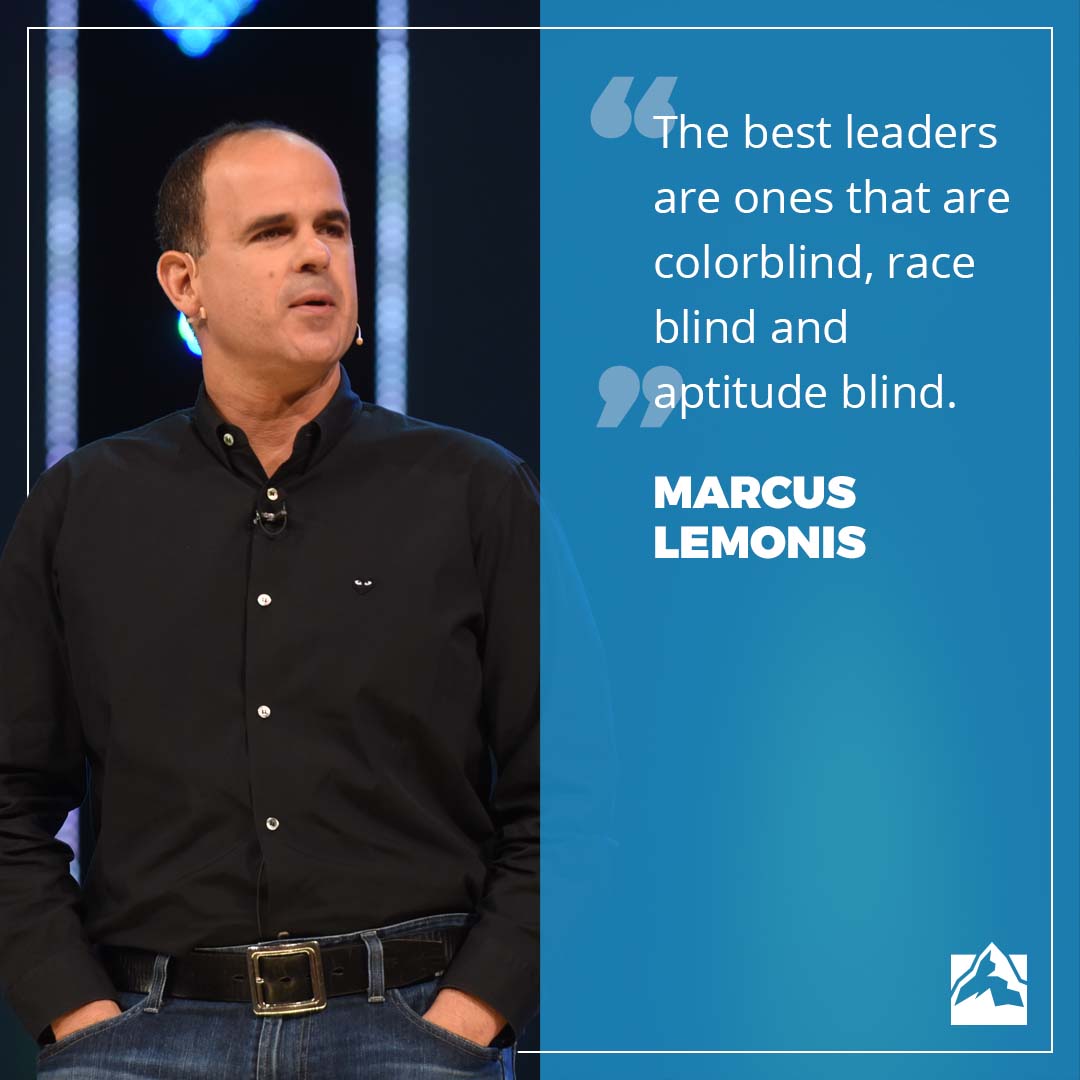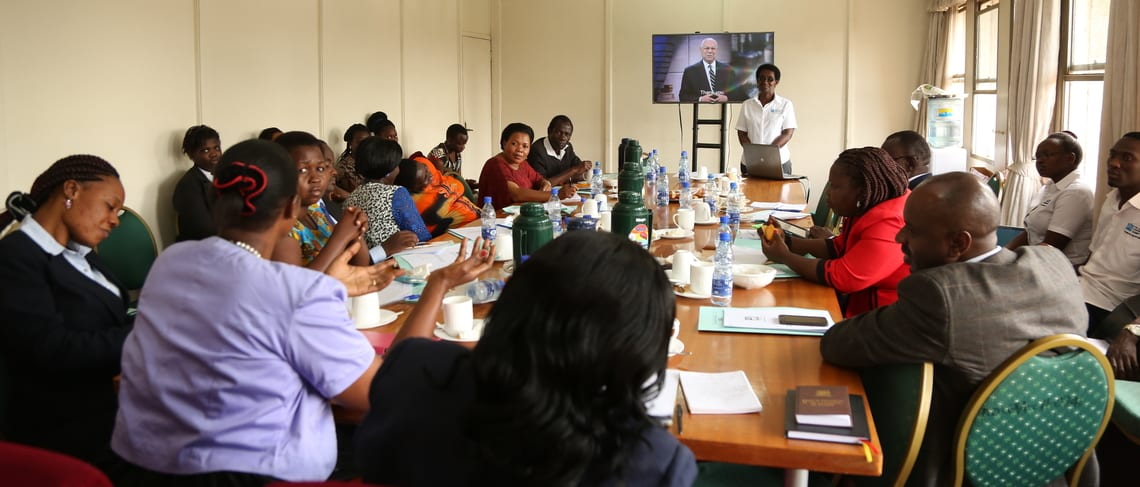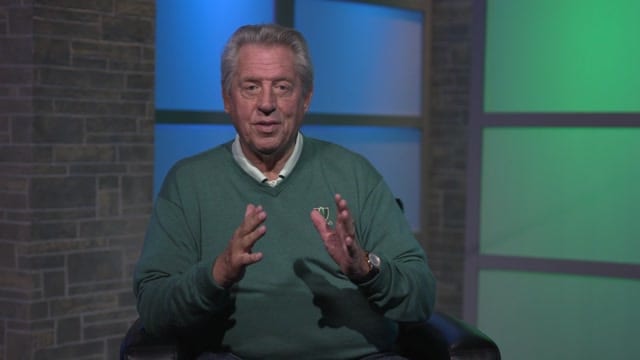
One of the hidden secrets of high performance teams and organizations is they have great meetings. I know this may come as a shock to many of you. Your disbelief is rooted in the reality of the meetings you attend. Generally speaking, they are awful.
Here’s the truth:
If you significantly improve your meetings, you can significantly improve your performance.
I realize you may be skeptical—that’s okay. Here’s my challenge to you: Be skeptical, and try some of the following ideas. They are field-tested, proven best practices in non-profit and marketplace organizations. You can thank me later.
1) Invite the Right People
How many times have you been in a meeting, and you realized, “You didn’t have the needed expertise in the meeting?” (We often refer to these as the Subject Matter experts.) Or, you realize you don’t have anyone in the room who can make the needed decisions to move the work forward? Avoid both these situations whenever possible. All you’ll end up with is wasted energy and frustration.
2) Have an Agenda
This seems so simple, yet is often overlooked. There are numerous reasons to have a published agenda distributed in advance. I’ll mention the two most obvious.
-An agenda forces someone (probably the facilitator) to think in advance about the items/topics of the greatest priority. An agenda says, “We are going to talk about the following things,” which means there are probably an even greater number of items that will not be discussed at the upcoming meeting.
-Receiving a copy of the agenda in advance allows people to think and prepare BEFORE the meeting. This does not seem like a big deal to extroverts, but can be huge for introverts. If you want their best thinking, they MUST have the agenda in advance—48 hours is a good rule of thumb.
3) Designate a Facilitator
Here’s the simple way to understand the value of a facilitator: he or she is charged with removing barriers to the effectiveness of the meeting.
-The barriers to anticipate and resolve BEFORE the meeting (e.g., no agenda, no place to meet, missing whiteboard markers and anything else that can be prevented.)
-Remove barriers DURING the meeting (e.g., over-participation from some, silence from others, failure to record action items, unproductive conflict, etc.) When facilitators do their jobs well, your productivity will skyrocket.
4) Document your Action Items
For some of you, this may be the best idea you will hear this year. I have seen this single tactic revolutionize entire organizations. Seriously. I have heard the following comment from leaders for decades: “We talk about a lot, but we rarely do anything.” If you will record what is to be done, who is going to do it and by when, you will be amazed at the effect. If you do the following…
5) Review Previous Action Items
Recording action items is a BIG deal, but the real power is released when you publish them after the meeting for everyone to see. Then, include an item on the next agenda: Review Action Items, and do it! Ask each person: “Did you complete your action item?” If not, you should ask them if they need any assistance and when they will have it completed. You then update the item with the new due date. This communicates very quickly that your action item is not going away just because you haven’t completed it.
6) Focus on Performance Improvement
Here’s my disclaimer as it relates to my comments about better meeting = better performance: not if you miss this best practice. The agenda for your typical meeting should be divided into 75% performance management and 25% information sharing. Yes, you read that correctly. If you have a 60-minute meeting, 45 minutes should be devoted to performance improvement. Performance management activities include: problem-solving, scorecard review, recognition and review of previous action Items. Don’t fall into the trap of making your meetings all about updates and project status. Use your meetings as a strategic lever to improve performance!
There are many other tactical things you can do to make your meetings even more productive, but for now, start with the list above.
One final thought.
I have been teaching these tactics for almost 30 years, and I hear the same question over and over again. It goes something like this, “Do we have to do all of these things?” You don’t have to do any of them. However, their effect is cumulative. The better, more productive you want your meetings to be, the more of these practices you should embrace.
I remember many, many years ago, I cast a vision for a team of volunteers I was leading in a large non-profit organization regarding our meetings. Remember, most of them had never participated in a good meeting, so you can imagine their shock and disbelief when I said I wanted our monthly meeting to be a “can’t miss” highlight for them every month.
I said, “Where else can you collaborate, solve real problems, celebrate success, find genuine community, be encouraged and supported, be challenged, held accountable, learn new skills, see concrete evidence your work is making a difference, and be part of something bigger than yourself?”
When I first spoke these words, it was only a dream. The day I knew we were on the right path was the day someone told me they rearranged their family vacation to be in one of our monthly meetings!
You can set the bar as high as you would like for your meetings. I hope they become so dynamic, so central to your success and so life-giving, no one wants to miss them.
You can always leave for vacation tomorrow.











Recent Comments